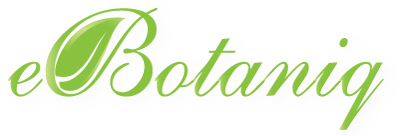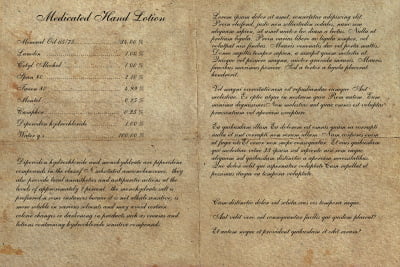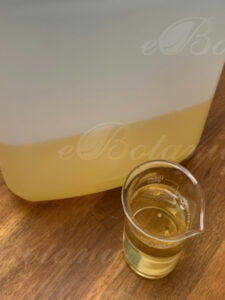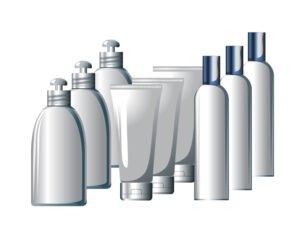We are regularly getting questions like, how do I formulate and where can we get a formulation that works ?
It’s worth noting that, apart from on-line pharmacopoeias such as CosIng ( the official online database for cosmetics ingredients in the EU) and other databases provided by various ingredient suppliers, there is no readily available comprehensive resource of formulations or straightforward answer to this question.
Whilst we do have an extensive collection of formulations, which is continually expanded. These have been collected over a number of years working in the cosmetic industry.
Let’s delve into the technical aspects of how we formulate cosmetic products so you may get a better understanding to apply this to your work:
Defining the Product:
Our formulation process begins with a precise definition of the product. This involves a detailed analysis of the product’s intended purpose, the specific market it’s targeting, and the budget constraints we need to work within.
Ingredient Research:
Once the product’s parameters are established, we embark on a rigorous ingredient research phase. This step is crucial as it involves identifying the components that not only align with the product’s requirements but also fit within the allocated budget.
Formula Development:
Crafting the formulation is the heart of the process. Here, we carefully combine selected ingredients in precise proportions to create a product that meets all the predetermined criteria.
Formula Testing:
After formulating, rigorous testing ensues. This phase covers safety assessments, efficacy evaluations (eg PET testing), and overall performance trials to ensure the product meets our stringent standards.
Product Registration:
If required, the product is registered with the relevant regulatory agency. (in Australia this would typically be the TGA.) Compliance with these regulations is paramount to ensure the product’s marketability and safety.
Marketing:
With a registered and tested product in hand, we can proceed with marketing to the target consumer base.
In addition to these fundamental steps, there are several key factors that we consider during the formulation process:
Target Market:
The product’s intended audience plays a vital role in ingredient selection. For instance, a product designed for children will have different ingredient requirements compared to one intended for adults.
Budgetary Constraints:
The budget significantly influences the choice of ingredients. High-end markets may justify the use of more expensive components, while mass-market products require cost-effective solutions.
Regulatory Compliance:
Different regions / countries have distinct regulations governing cosmetic products. These regulations often dictate which ingredients can or cannot be used. Adherence to these rules is non-negotiable as it can cost significant $$ to get this wrong (besides potential product claims).
Cosmetic chemists rely on various resources to guide their formulation endeavors:
Scientific Literature:
Scientific publications provide essential insights into ingredient properties and their applications in creating safe and effective products.
Industry Standards:
Adherence to industry standards is a cornerstone of our work, ensuring our formulas meet the quality and safety benchmarks set by the cosmetic industry.
Personal Experience:
Drawing from their own experiences, cosmetic chemists incorporate their knowledge of different ingredients, manufacturing processes, and testing methodologies into the formulation process.
This in-depth approach to cosmetic formulation ensures that your products not only meet market demands but also complies with safety and quality standards, ultimately delivering exceptional results to our customers.



